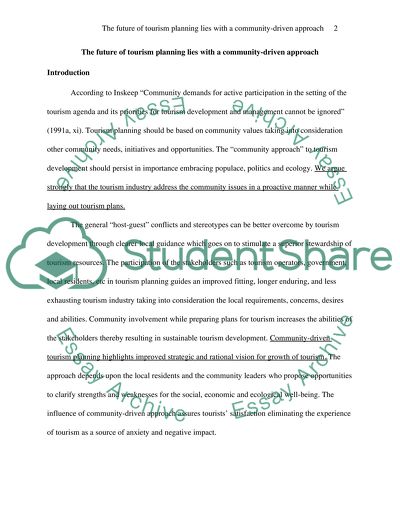Cite this document
(The Future of Tourism Planning Lies with a Community-Driven Approach Case Study, n.d.)
The Future of Tourism Planning Lies with a Community-Driven Approach Case Study. Retrieved from https://studentshare.org/tourism/1538102-the-future-of-tourism-planning-lies-with-a-community-driven-approach
The Future of Tourism Planning Lies with a Community-Driven Approach Case Study. Retrieved from https://studentshare.org/tourism/1538102-the-future-of-tourism-planning-lies-with-a-community-driven-approach
(The Future of Tourism Planning Lies With a Community-Driven Approach Case Study)
The Future of Tourism Planning Lies With a Community-Driven Approach Case Study. https://studentshare.org/tourism/1538102-the-future-of-tourism-planning-lies-with-a-community-driven-approach.
The Future of Tourism Planning Lies With a Community-Driven Approach Case Study. https://studentshare.org/tourism/1538102-the-future-of-tourism-planning-lies-with-a-community-driven-approach.
“The Future of Tourism Planning Lies With a Community-Driven Approach Case Study”. https://studentshare.org/tourism/1538102-the-future-of-tourism-planning-lies-with-a-community-driven-approach.


